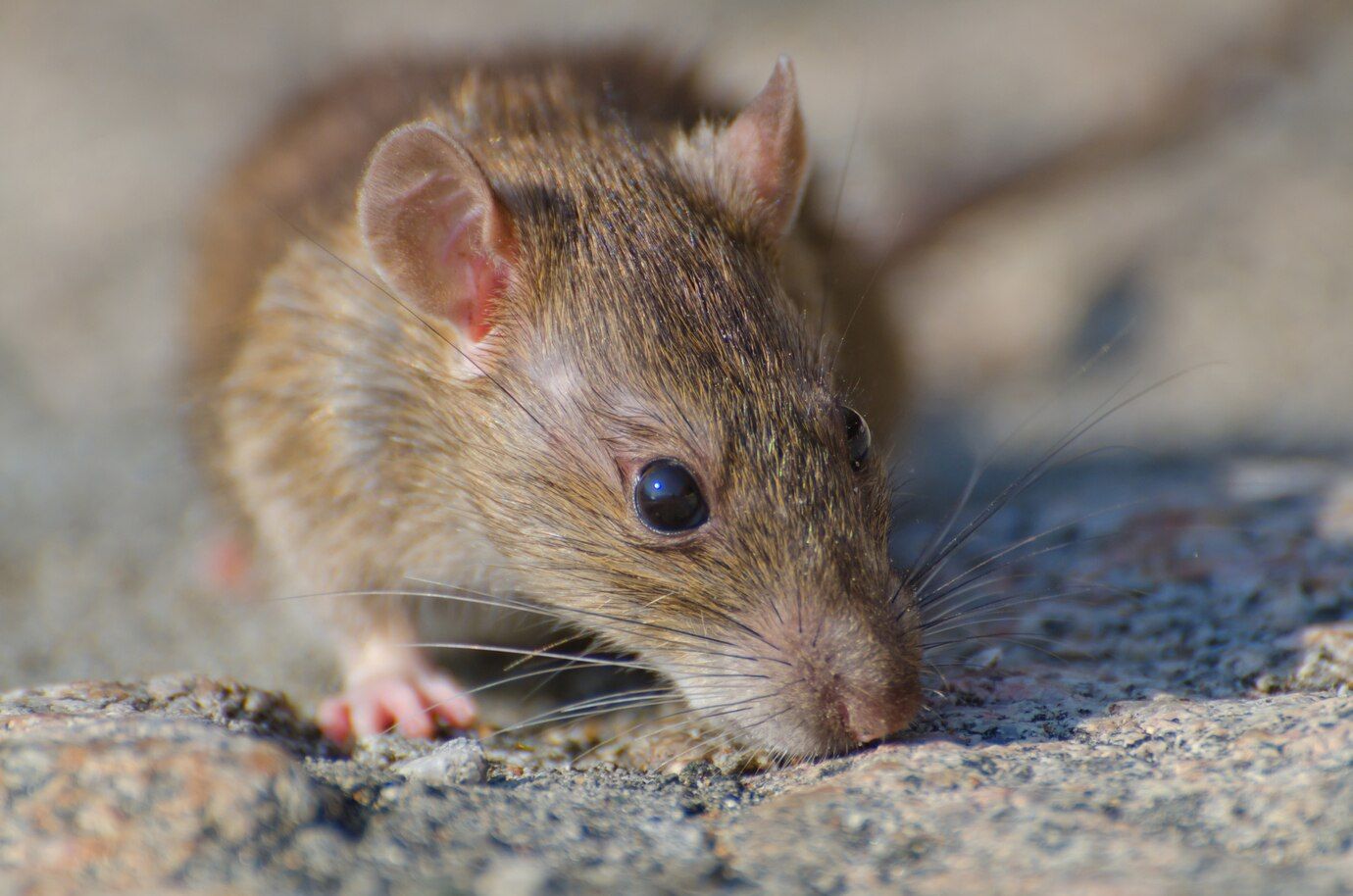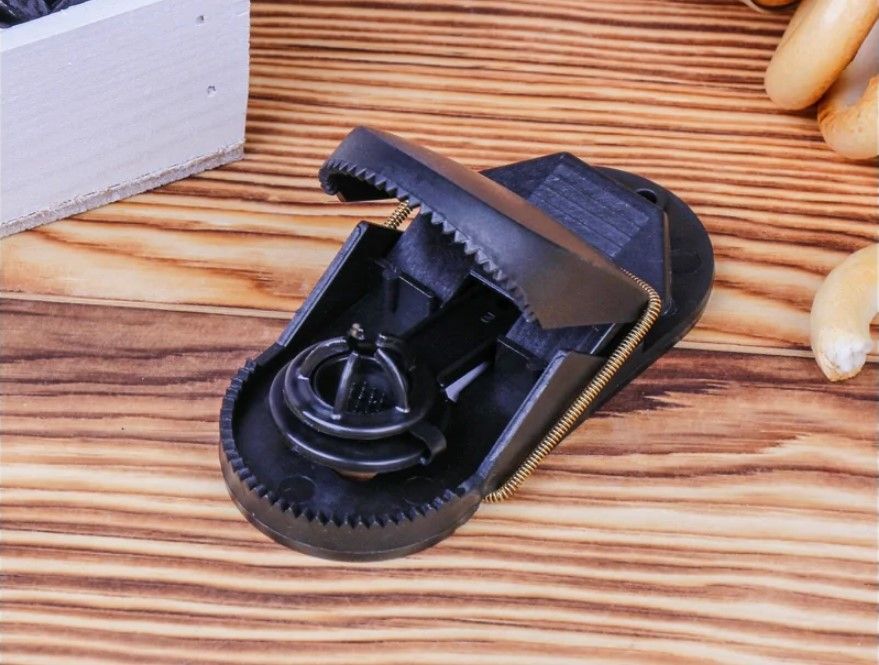How to get rid of mice in a wooden house - working methods

Mice in a wooden house is a problem faced by many private home owners. These small rodents not only spoil property, but can also become a source of disease, making their presence in the house undesirable. Getting rid of mice can be difficult, but there are proven methods that really work. In this article, we'll look at the most effective ways to deal with mice in a wooden house to help you solve the problem quickly and reliably.
Causes of mice
Mice can appear in a wooden house for several reasons:
- Access to food. If there is available food in or around the house, rodents will quickly find their way inside. Food scraps, trash, or open food supplies can be a magnet for mice. 2- A warm shelter. Especially as cold weather sets in, mice seek out warm places to hide and breed. Wooden houses, with their crevices and nooks and crannies, are often ideal places for this purpose.
- Structural damage. The presence of cracks, holes and poorly insulated areas in walls, floors or attics allows mice to easily enter a home.
- Proximity to nature. If the house is near forests, fields or gardens, this increases the risk of rodents as they seek shelter in human dwellings, especially during the fall and winter.

Methods of rodent control
To effectively combat mice in a wooden house, you can use various methods, each of which has its own characteristics and level of effectiveness.
Caulking
The first step in the fight against mice is to block all possible ways of their penetration into the house. You need to thoroughly inspect the walls, floors, attic and basement for cracks, gaps and holes. These areas should be sealed with sealant, metal mesh or other stable materials to prevent mice from getting in.
Chemical poison. Rodenticides will do
Rodenticides are specialty chemicals to kill rodents. They attract mice, and after eating the poison, the rodents are killed. This method is effective, but requires caution, especially if there are children or pets in the house, as the chemicals can be dangerous.
Mousetraps
Mousetraps are a classic and time-tested method of rodent control. There are different types of mousetraps: mechanical, spring-loaded or reusable. The advantage of this method is that it is easy to use and does not require the use of chemicals.
Glue traps
Glue traps are sticky surfaces that mice get on and stick to. This method is effective for small rodent populations. However, it requires regular checking and replacement of the traps.
Electric trap
Electric traps work on the basis of an electric current discharge that kills mice instantly on contact. These devices are safe to use as they do not contain chemicals and make it easy to get rid of rodent corpses.
Ultrasonic device against rodents
Ultrasonic devices emit sound waves that irritate rodents, forcing them to leave the room. They do not kill the mice, but simply scare them away. This method is safe for people and pets because ultrasound is not perceived by the human ear.
Ultrasonic repeller
An ultrasonic repeller is a compact device that also uses ultrasonic waves to repel mice. It is suitable for long-term use and is effective in preventing rodents, but may be less effective on existing populations.

How you can protect yourself in advance or what you need to consider
The most reliable way to protect a wooden house from rodents is to cover vulnerable areas with fine-mesh metal mesh. For example, if the house stands on a pile or post foundation, then the entire lower part of the rough floors should be covered with a mesh with a mesh size of no more than 6 millimeters. This will prevent mice from penetrating from below.
If the house is insulated from the outside, then all ventilation gaps under the cladding should also be covered with mesh. Similarly, it is worth protecting the vents, as mice can get into the house through them. As for the floors between floors, they usually do not need additional protection, as the mesh on the lower level of the house provides a sufficient barrier.
It's also worth remembering that rodents often enter a home through open doors. Once inside, the mouse hides in a hiding place and then gets to the insulation to make its nest there. For complete protection, it is therefore worth considering reinforcing floor structures from the inside as well.



